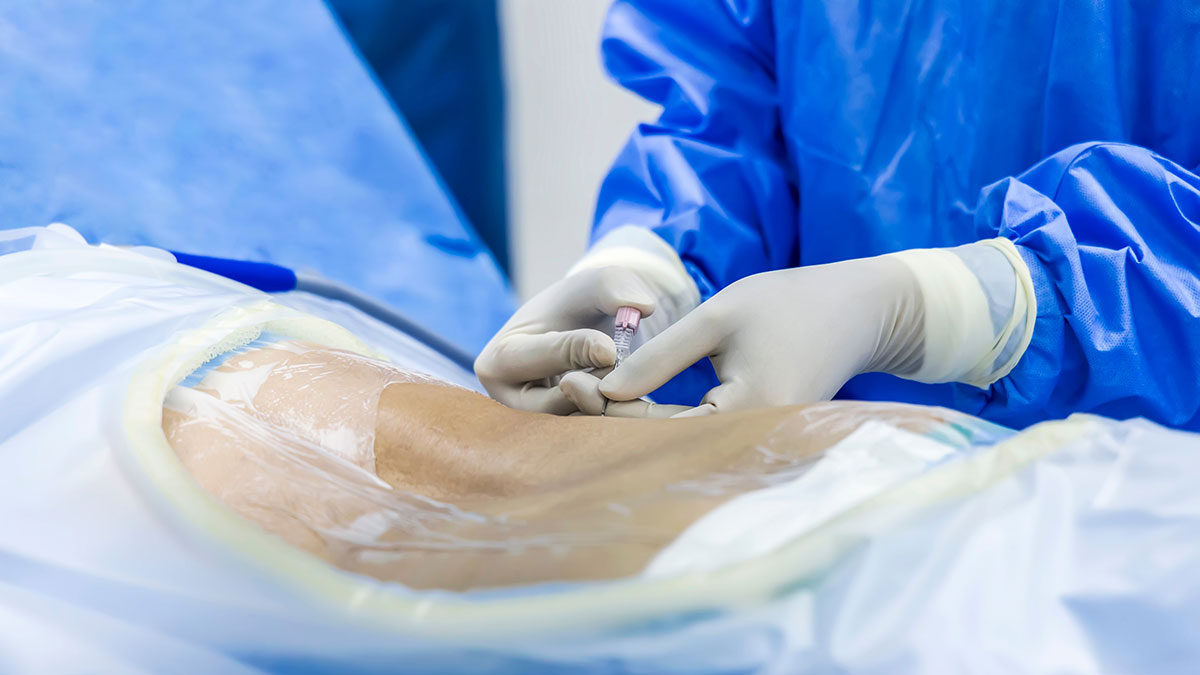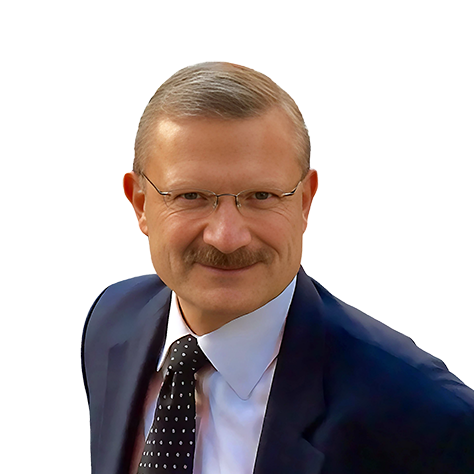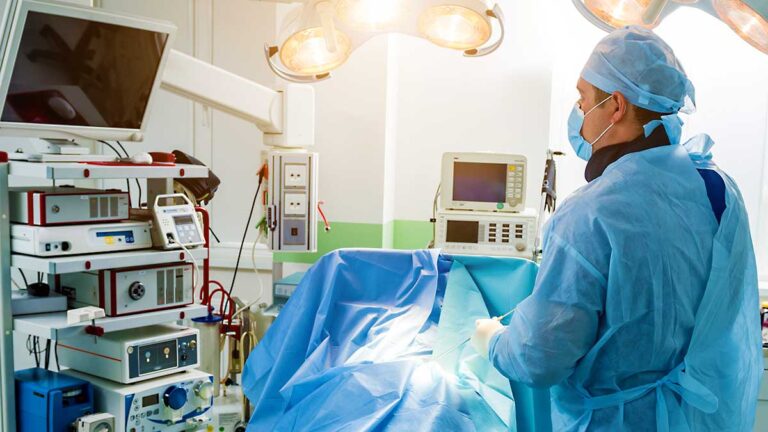Lumbar facet endoscopic ablation is a minimally invasive spine procedure used to treat chronic low back pain caused by arthritis in the facet joints. During the process, a surgeon uses a tiny camera called an endoscope to guide specialized instruments to the affected area and remove and ablate the damaged tissue.
The procedure is typically performed under local anesthesia, so the patient is awake but feels little to no pain. Dr. Nasiek makes a small incision and inserts the endoscope into the affected area, allowing the surgeon to visualize the damaged facet joint and surrounding tissue. The surgeon removes and ablates the damaged tissue using specialized instruments and may use a small device to seal the incision.
The benefits of lumbar facet endoscopic ablation include the following:
- Less pain and scarring: Because the incision is small, patients experience less pain and scarring than traditional open surgeries.
- Shorter hospital stays: Patients usually go home the same day or the day after the procedure, which can reduce the cost of the system and improve recovery time.
- Faster recovery times: Patients typically return to work and regular activities faster than open surgeries.
- Effective for many patients: Lumbar facet endoscopic ablation is effective for many patients with chronic low back pain caused by arthritis, postaccidentarthropathy in the facet joints of the spine.
It’s important to note that while lumbar facet endoscopic ablation can offer several benefits, it may only be appropriate for some patients and conditions. Dr. Nasiek can help determine whether this procedure is correct for you.
If you are suffering from chronic low back pain caused by arthritis in the facet joints of the spine, lumbar facet endoscopic ablation may be a good option for you. It is a safe and effective procedure that can significantly relieve your symptoms and help you return to your regular activities faster than traditional open surgeries.


